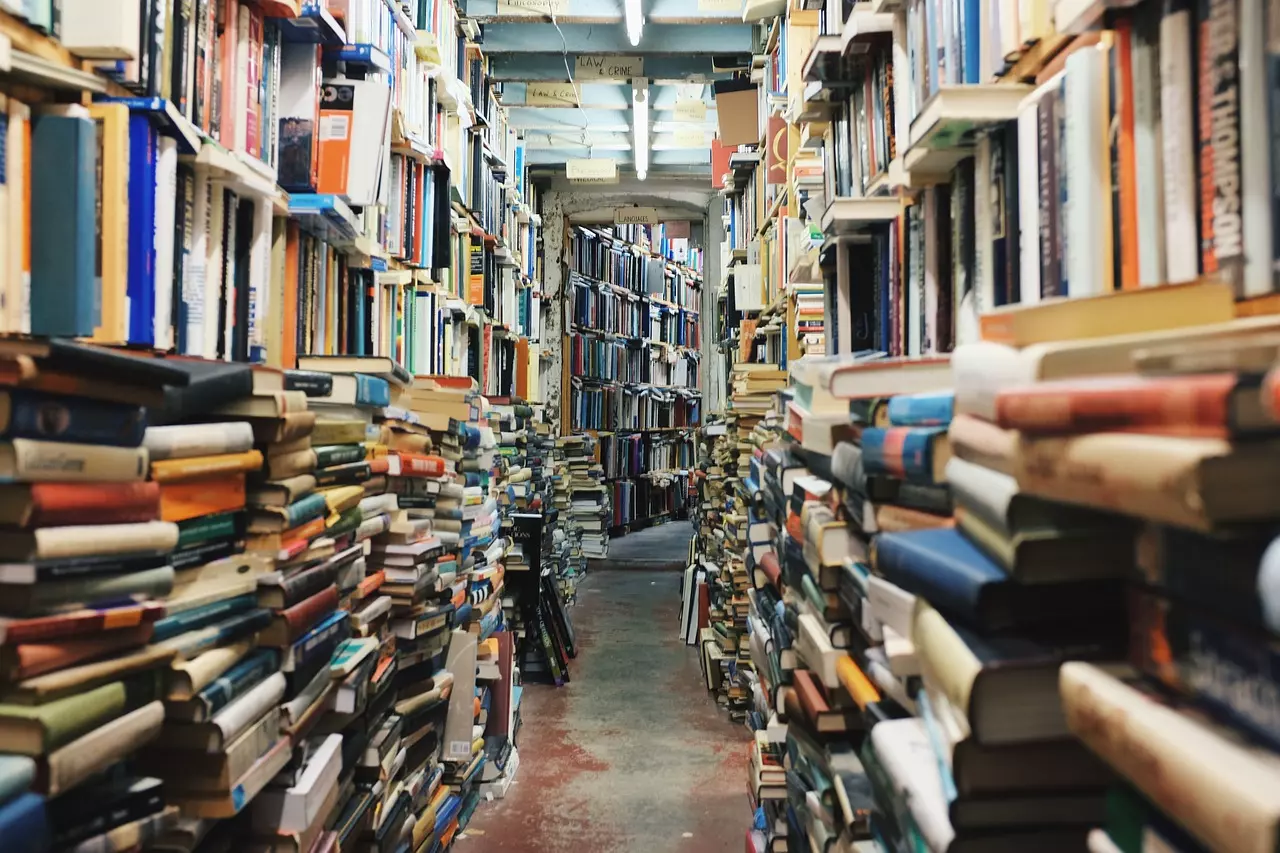Library Accessibility for People Who Are Visually Impaired
2018-08-09 | By Orcam Staff

There’s something special about holding a book in your hands, something nostalgic. You read the text from pages, not a screen (strange, I know). You turn the page, sometimes struggling to separate one from the other, making sure not to accidentally turn several at the same time. Reading from a phone screen or a tablet just doesn’t have that same effect. There’s nothing quite like laying back with your feet up and reading a good book.

Library Accessibility
These days, with advances in technology, people are reading less and less. According to a Pew Research study, 24% of American adults have not read a book (in whole or part of) in any format in the past 12 months. Astonishing. Despite there being about 120,000 libraries in the United States, attendance is declining. Libraries have done what they can to curb this attendance decline by keeping up with advancements in technology, allowing for free internet use and ebook borrowing, however, advancing library accessibility for those who are blind, partially sighted, and have reading difficulties should be their number one priority.
A Look At The Numbers
Be prepared for some troubling statistics. There are currently more than 3.4 million (3%) visually impaired or legally blind individuals in America over the age of 40. Of Americans 65 and older, 17% report “vision trouble”. In 2007, 21 million Americans had reported either eye conditions that could compromise their vision or functional vision problems. In a 1999 survey, out of the top 10 disabilities affecting adults aged 18 and older, blindness or visual impairment was number 9, between stroke and diabetes. The National Eye Institute projects nearly 45 million Americans will contract either cataracts, diabetic retinopathy, glaucoma, or advanced age-related macular degeneration by 2020. These are truly staggering numbers.

The question is, how are libraries becoming more accessible, via technology, for a (sadly) growing segment of the population?
American Disabilities Act (ADA) Compliance
In 1990, the American Disabilities Act was passed, prohibiting discrimination based on disability. Title III of the act “prohibits discrimination on the basis of disability in the activities of places of public accommodations ” Basically, if you offer services publicly, you must be accessible to those who are disabled. What does that mean for libraries?
The ADA requires accessible parking, readable signs, an accessible entrance, elevator (if there is more than one floor), restrooms, etc. The ADA was even updated in 2010, bringing it into the 21st century.
In 1897, the Library of Congress opened a reading room for people who are blind. In the 21st century, things have most certainly progressed. Libraries offer a multitude of options in terms of accessibility for visual impairment. Screenreading software, TalkingBooks, and braille study groups are just some of the options that those who are blind or visually impaired have. Yet this is only scratching the surface of accessible technology.
The Future of Accessible Tech for Libraries

Magnifiers and screenreaders are excellent and enhance the accessibility of libraries nationwide. However, technology has advanced well beyond what libraries currently offered. Just one example is OrCam MyEye, a device which allows for those who are blind, visually impaired, or have reading difficulties to “read” by conveying the book to them audibly through a mini-speaker. This essentially turns every book into an audiobook. This allows for individuals who are blind or visually impaired to access any book in the entire library. Amazingly, there are some countries taking initiative, with 12 libraries in San Paolo, Brazil, giving users access to OrCam MyEye 2.
What do you think can further libraries to be more accessible to those with disabilities? Are they doing enough to be accessible? Sound off in the comments below!



